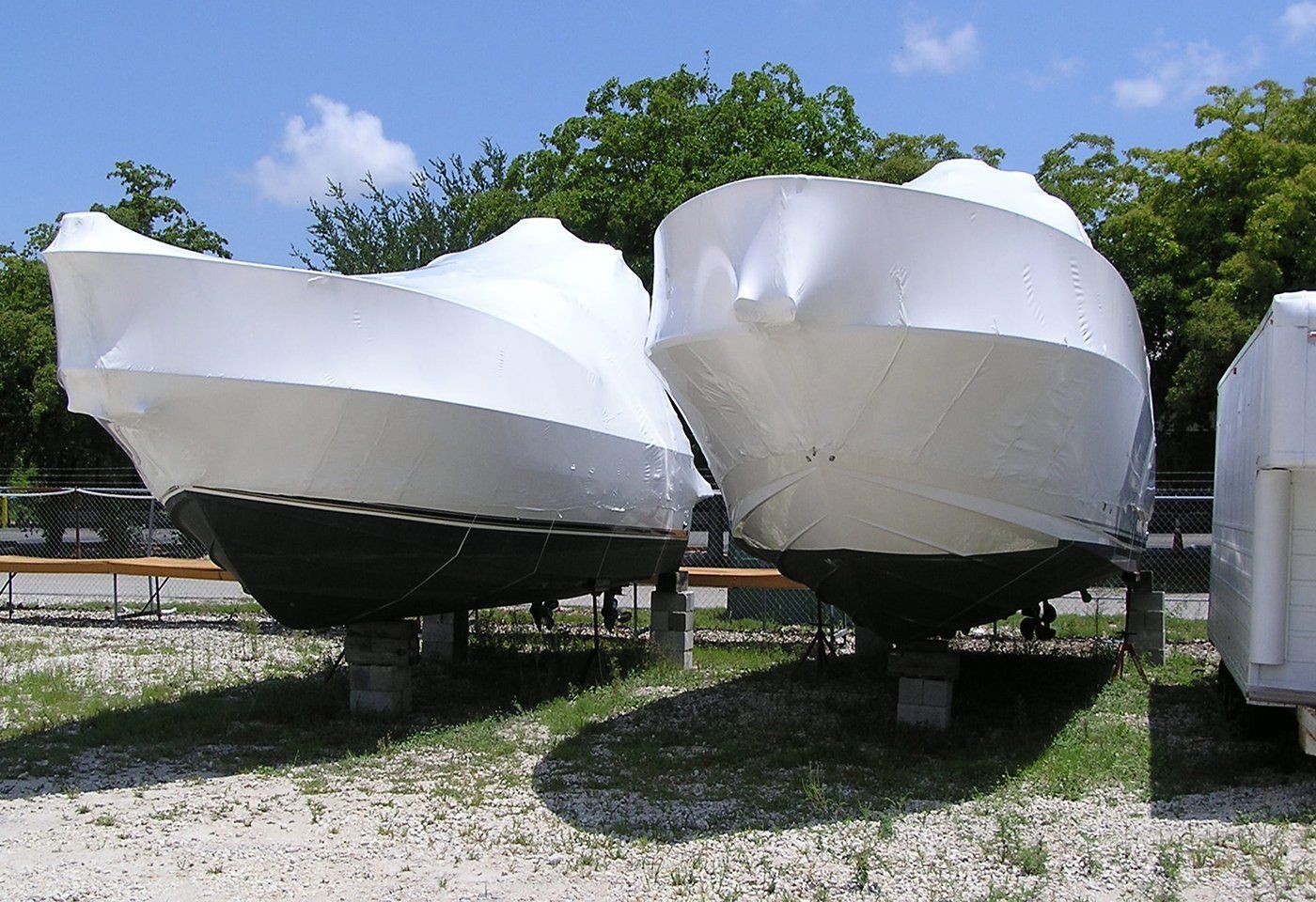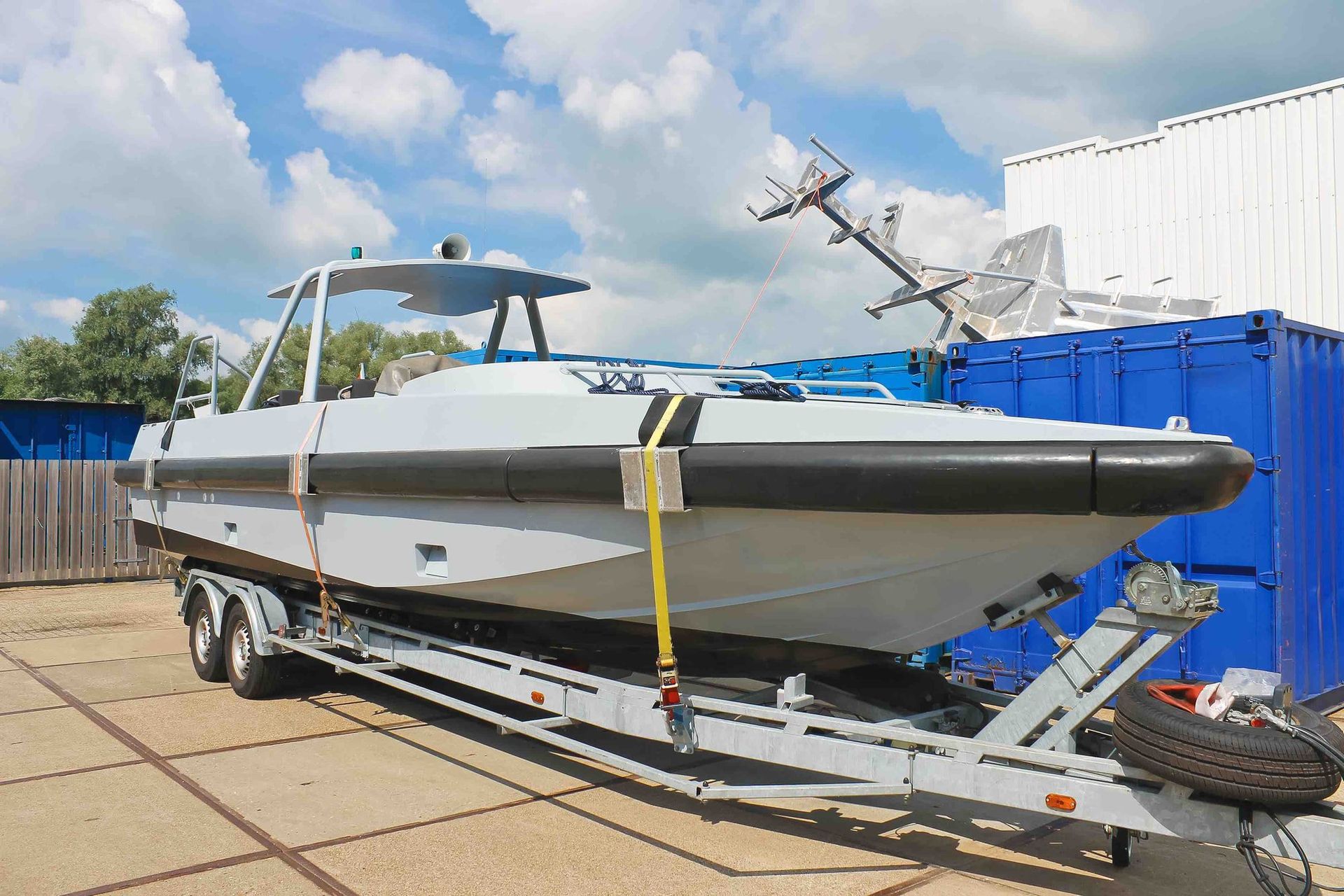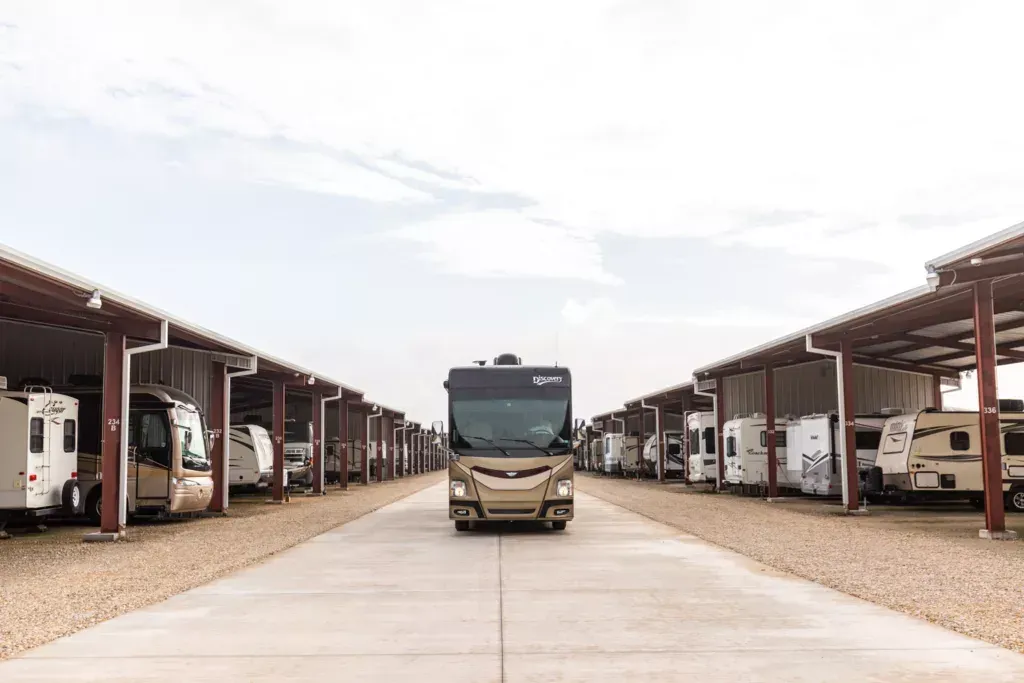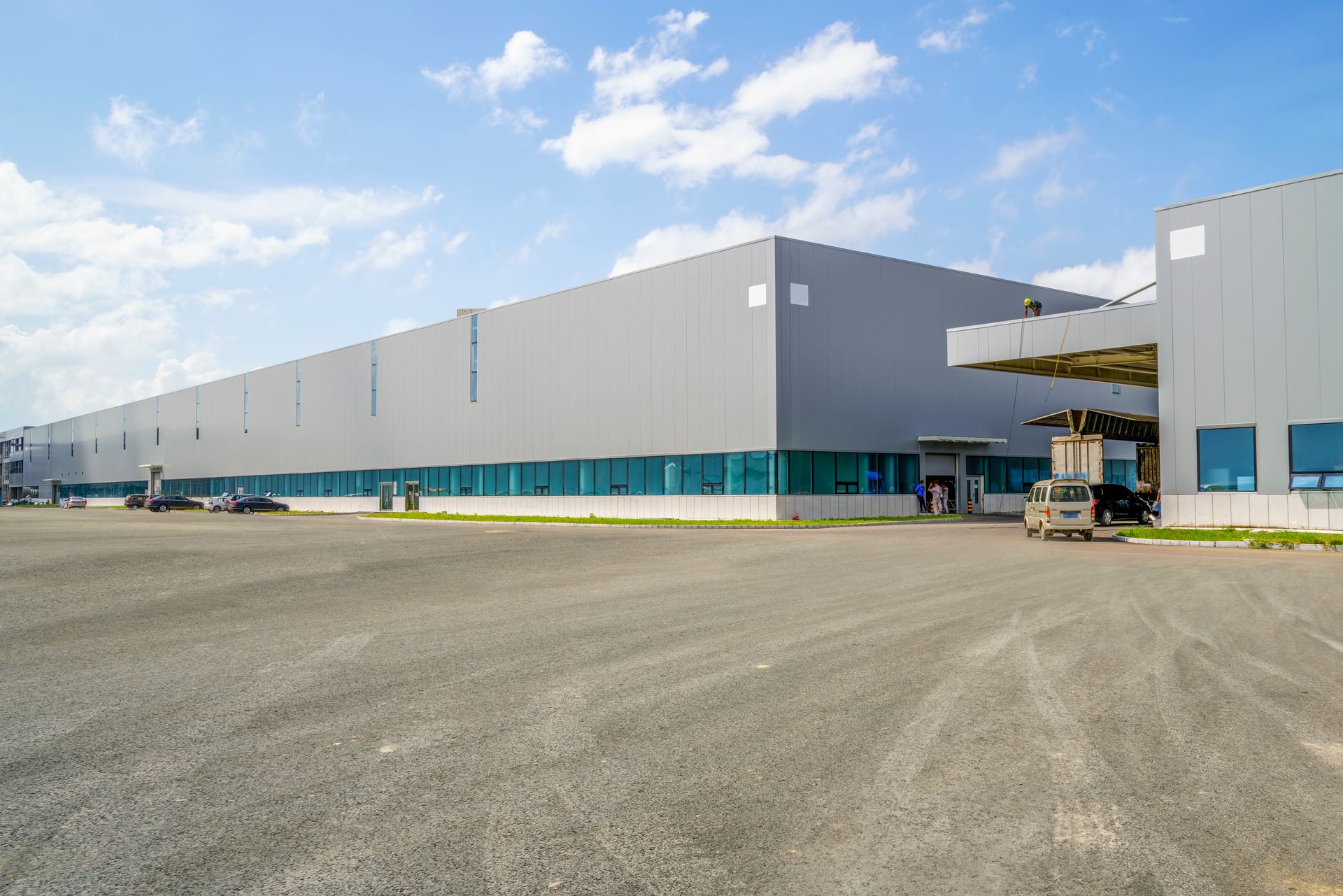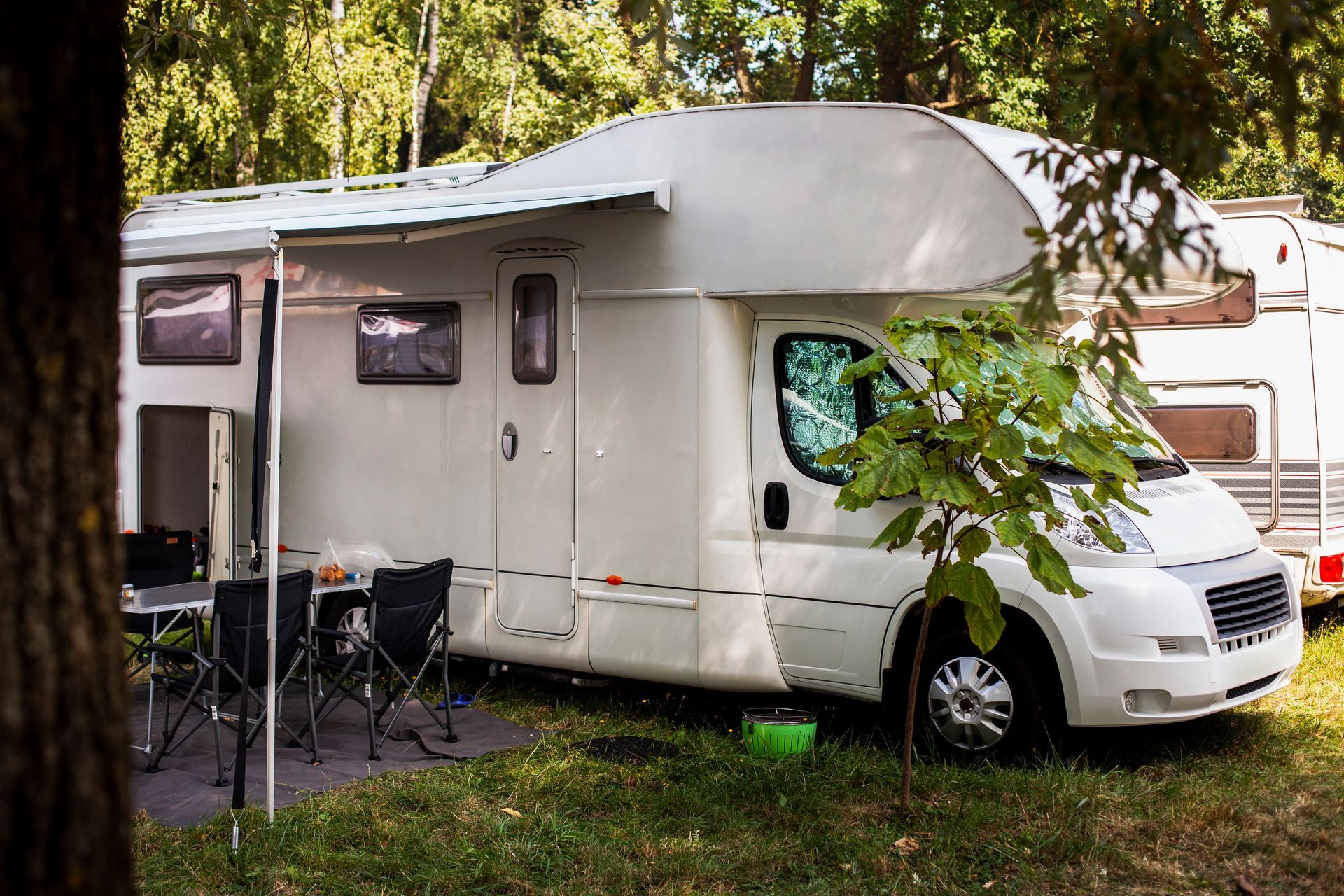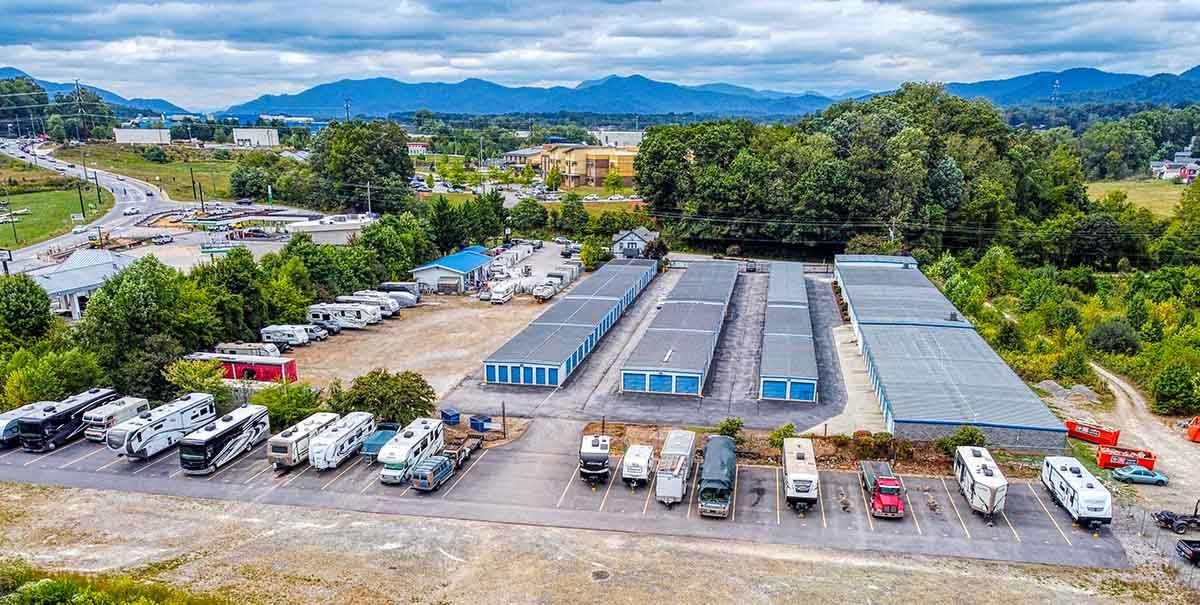Oversized RV Storage: Why Wide Lanes Are Essential for Storing Large Vehicles
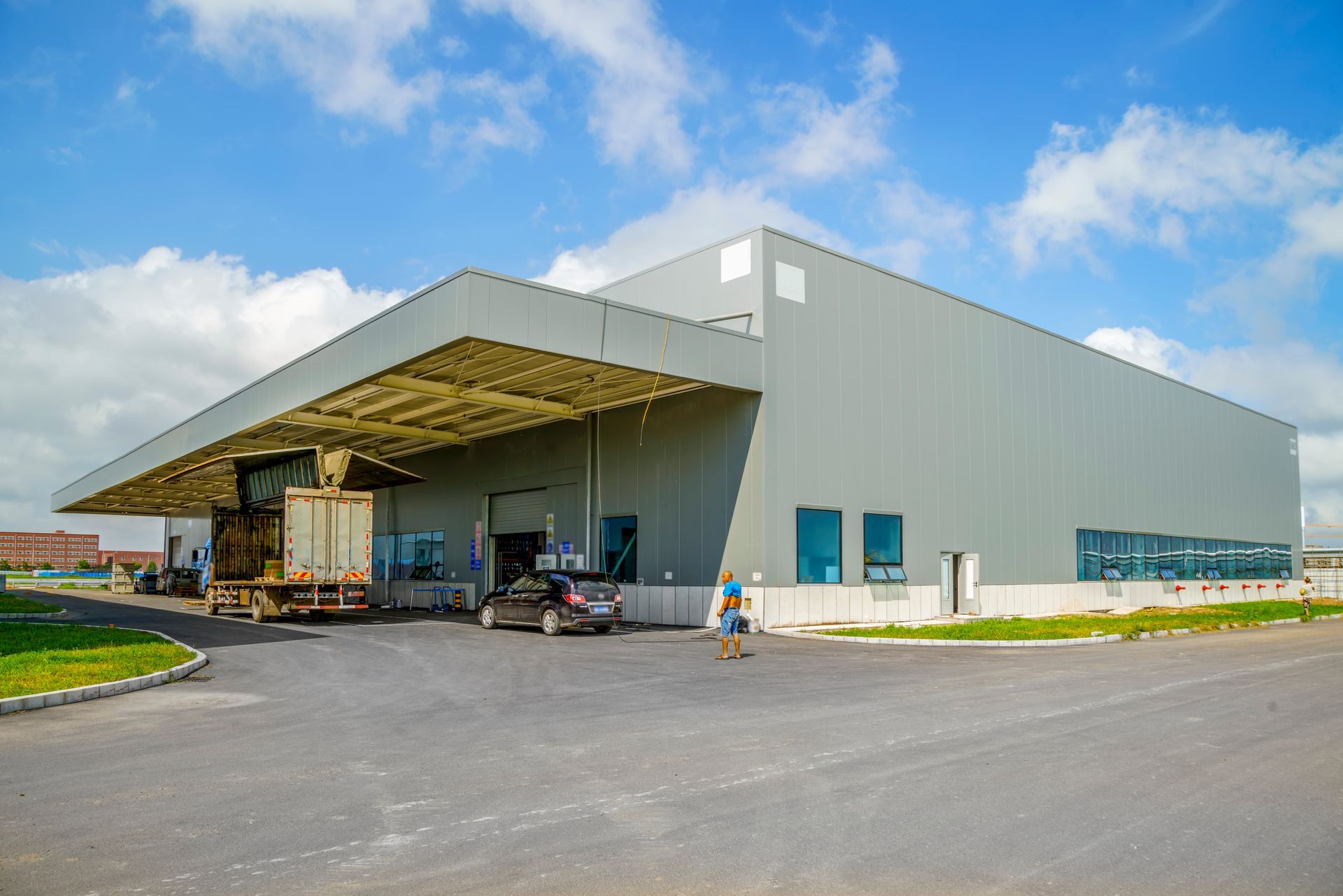
Table of Contents
The Growing Demand for Oversized RV Storage
Why Standard Storage Isn’t Enough for Large RVs
How Wide Lanes Simplify Large RV Parking
Safety Benefits of Wide Aisles in Oversized RV Storage
What to Look for in a Quality Truck Trailer Storage Facility
Practical Tips for Storing Your Oversized Vehicle
Final Thoughts: Choosing the Right Storage for Peace of Mind
Key Takeaways
Wide lanes and ample turning radii reduce the risk of damaging your large RV or truck trailer.
Not all facilities are equipped for oversized RV storage—you must evaluate lane width, security, and ease of access.
A good truck trailer storage facility understands the needs of drivers maneuvering longer, taller, and wider rigs.
Knowing what to look for helps avoid costly mistakes when storing or retrieving your RV.
Storing Large RVs and Trailers: Why Oversized RV Storage Matters More Than You Think
If you’ve ever driven a Class A motorhome, fifth-wheel trailer, or long-bed truck hauling a camper, you know parking isn’t just a minor inconvenience—it can feel like threading a needle in a windstorm. This is especially true when navigating tight, under-equipped storage lots that weren’t designed for big rigs. That’s why oversized RV storage with wide lanes and generous turning space is not a luxury—it's a necessity.
At St. Charles RV Storage, we specialize in providing secure, accessible, and stress-free truck trailer storage designed with large vehicle owners in mind. In this post, we’ll break down why wide lanes are crucial, how to evaluate a storage site properly, and what features protect your investment and sanity.
The Growing Demand for Oversized RV Storage
With RV ownership hitting record highs across the U.S., demand for reliable oversized RV storage is growing. More people are investing in Class A and Super C RVs, which measure anywhere from 30 to 45 feet in length, often requiring a swing-out clearance of several additional feet.
Likewise, many haulers and travel enthusiasts now own truck trailers that simply can’t be parked in a residential driveway or typical facility. As HOA restrictions and city ordinances tighten, the need for specialized large RV parking grows rapidly—especially in suburban regions like St. Charles County.
Why Standard Storage Isn’t Enough for Large RVs
Typical storage facilities might advertise “RV parking,” but in reality, many fall short when it comes to handling oversized RVs or fifth wheels. Narrow lanes, poorly marked spaces, and tight corners can create significant hazards—not just for your vehicle, but also for others parked nearby.
Without wide driving lanes (ideally at least 40 feet or more), even an experienced driver risks scraping a side mirror, bumping a corner, or jackknifing into a neighboring unit. These small damages can lead to large repair bills—not to mention the stress of squeezing your rig in and out with only inches to spare.
How Wide Lanes Simplify Large RV Parking
Imagine backing a 40-foot diesel pusher with a towed car attached into a spot surrounded by other vehicles. Now imagine doing it in a storage facility with wide drive aisles and no unnecessary obstacles. It’s night and day.
Facilities offering proper oversized RV storage typically provide:
- Drive aisles of at least 40 to 50 feet in width
- Angled or pull-through parking for easier access
- Turnaround zones for trailers and long-bed trucks
- Minimal obstructions like curbs, fences, or low-hanging signs
These features are not just conveniences—they’re essential for safe and efficient large RV parking.
Safety Benefits of Wide Aisles in Oversized RV Storage
One of the most overlooked aspects of RV storage is how it impacts vehicle safety. Narrow aisles not only increase the chance of dings and dents but also pose fire and evacuation hazards. With wide lanes:
- There’s less risk of hitting another RV or storage barrier
- You can back in or pull through without crowding others
- Emergency vehicles have better access
- You reduce wear and tear on your tires and axles
For families or retirees who may only access their truck trailer storage a few times a year, knowing their vehicle is stored in a hazard-free, stress-free environment provides peace of mind.
What to Look for in a Quality Truck Trailer Storage Facility
Not all storage providers are created equal. When searching for a reliable place to store your oversized vehicle, make sure the facility checks off these key features:
1. Wide Drive Lanes and Pull-Through Options
Look for at least 40-foot wide driveways with angled or straight pull-through options.
2. 24/7 Access and Security
You should be able to access your large RV parking space when it’s convenient for you—not just during business hours. Bonus if there’s camera surveillance and gated entry.
3. Ground Surface Quality
Concrete or well-maintained gravel lots prevent erosion and sinking—common problems that damage tires and undercarriages.
4. High Clearance for Roof Accessories
Make sure there’s nothing overhead that could scrape roof-mounted solar panels, AC units, or satellite dishes.
5. Drainage and Weather Protection
Flooding is a real issue in low-lying lots. Ensure the facility has adequate drainage and offers covered storage if possible.
At St. Charles RV Storage, we’ve intentionally designed our facility with these standards and the real-world needs of RVers in mind. Contact us at (636)-500-1638 to see how we accommodate large vehicle storage with ease.
Practical Tips for Storing Your Oversized Vehicle
Before parking your RV or trailer long-term, use these practical steps to maximize protection and ease of access:
- Measure your vehicle’s full length, width, and turning radius. Don’t forget to account for side mirrors, hitches, or towed vehicles.
- Inspect the lot before committing. Drive through and test-turn your RV or trailer to gauge maneuverability.
- Cover your vehicle if it's outdoors. Invest in a breathable, weatherproof RV cover to protect paint and seals.
- Disconnect batteries and turn off propane tanks. Safety first. These should be secured before any long-term stay.
- Record the odometer and take photos. In case of any damage, having dated photos protects your investment.
- Check tire pressure regularly. Tires lose air over time, especially in colder months.
- Visit periodically. Even if you’re not using the RV, starting it up and checking for pest activity every few weeks helps prevent issues.
Final Thoughts: Choosing the Right Storage for Peace of Mind
When it comes to storing large RVs, fifth wheels, or trailers, the size of your storage space truly matters. Narrow aisles and limited access can cause more than just frustration—they can lead to costly repairs, safety issues, and long-term wear on your investment.
Opting for a facility that understands the realities of oversized RV storage—from wider drive lanes to security-focused design—can save you stress, money, and time. Whether you’re a full-time traveler or a seasonal adventurer, your RV deserves a space that fits its size and value.
At
St. Charles RV Storage, we’re committed to making truck trailer storage and large RV parking safer, simpler, and smarter. Call us today at
(636)-500-1638, email us at
stcharlesrvstorage@gmail.com. Discover a better way to store your big rig—without the big hassle.
Frequently Asked Questions
1. What makes oversized RV storage different from standard RV storage?
Oversized RV storage is specifically designed to accommodate larger vehicles such as Class A motorhomes, fifth wheels, and extended trailers. Unlike standard storage, it offers wide drive aisles, ample turning space, and reinforced surfaces to handle the size and weight of large rigs. Facilities like St. Charles RV Storage provide tailored solutions that reduce the risks of parking damage and improve accessibility for large vehicle owners.
2. Why is wide lane access essential for large RV parking?
Wide lane access is critical for safe and efficient large RV parking. Without enough clearance, maneuvering a large vehicle becomes difficult and increases the chances of dents, scratches, and alignment issues. A quality facility ensures spacious driveways and properly marked spots to accommodate RVs over 35 feet long, especially those with tow-behind vehicles.
3. Can I store my truck and trailer in the same spot at a storage facility?
Yes, many truck trailer storage locations allow you to park your entire rig—truck and trailer included—in one space. At St. Charles RV Storage, our spots are specifically sized and designed for full-length configurations, so there’s no need to disconnect unless you prefer to. Always check lane width, turning radius, and entry/exit routes when selecting a facility.
4. How do I know if a facility is suitable for oversized RV storage?
To determine if a facility supports oversized RV storage, ask about their drive aisle widths, whether they offer pull-through or angled parking, and inspect the condition of the lot’s surface. Confirm they can accommodate vehicles over 40 feet in length and provide security features like gated entry, cameras, and 24/7 access. A quick site visit will often reveal whether it's built for larger rigs.
5. Is it safe to leave my RV or trailer in long-term truck trailer storage?
Absolutely, as long as you choose a reputable truck trailer storage facility. Look for locations that offer secure fencing, well-lit grounds, surveillance systems, and solid drainage. At St. Charles RV Storage, we understand the value of your investment and take steps to protect it year-round—whether you’re storing short-term or through the entire off-season.
